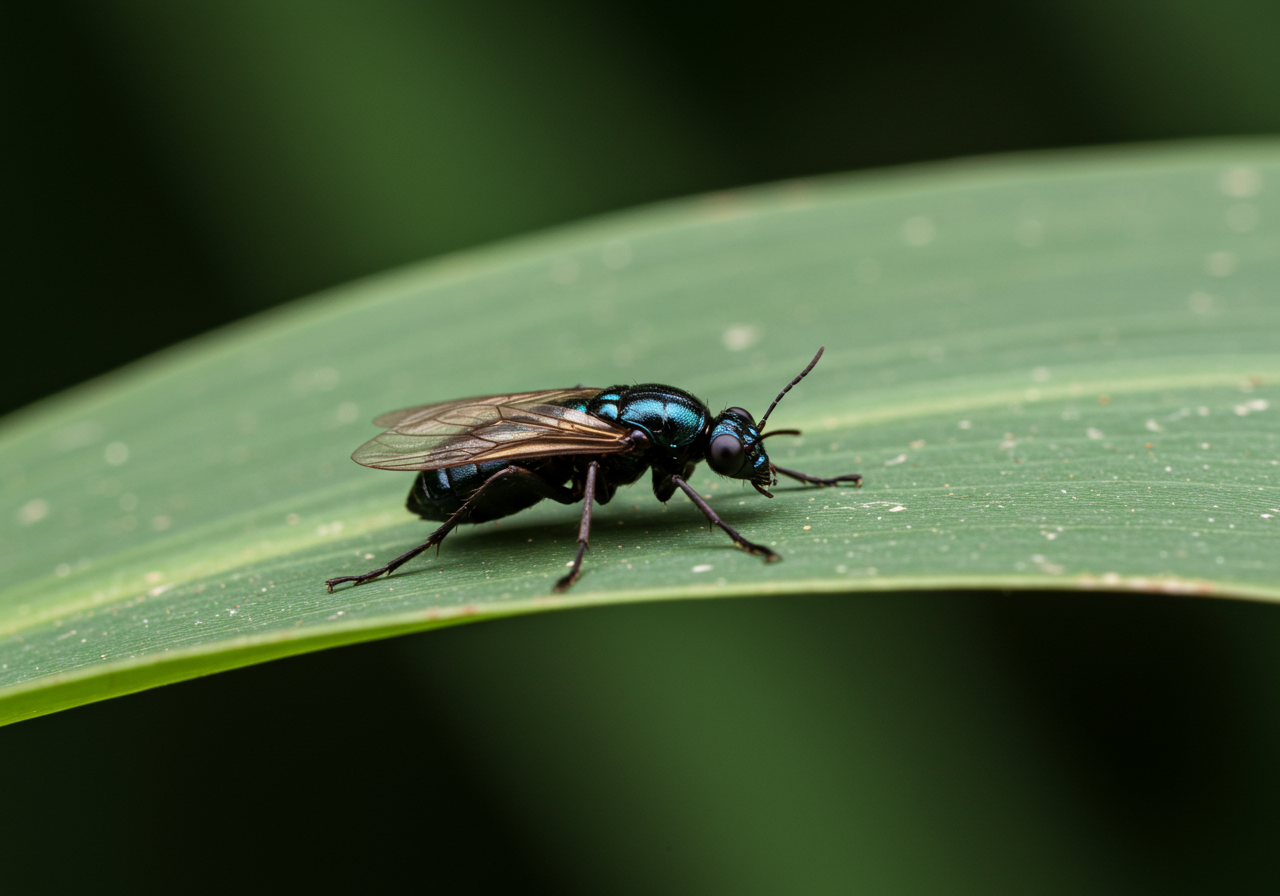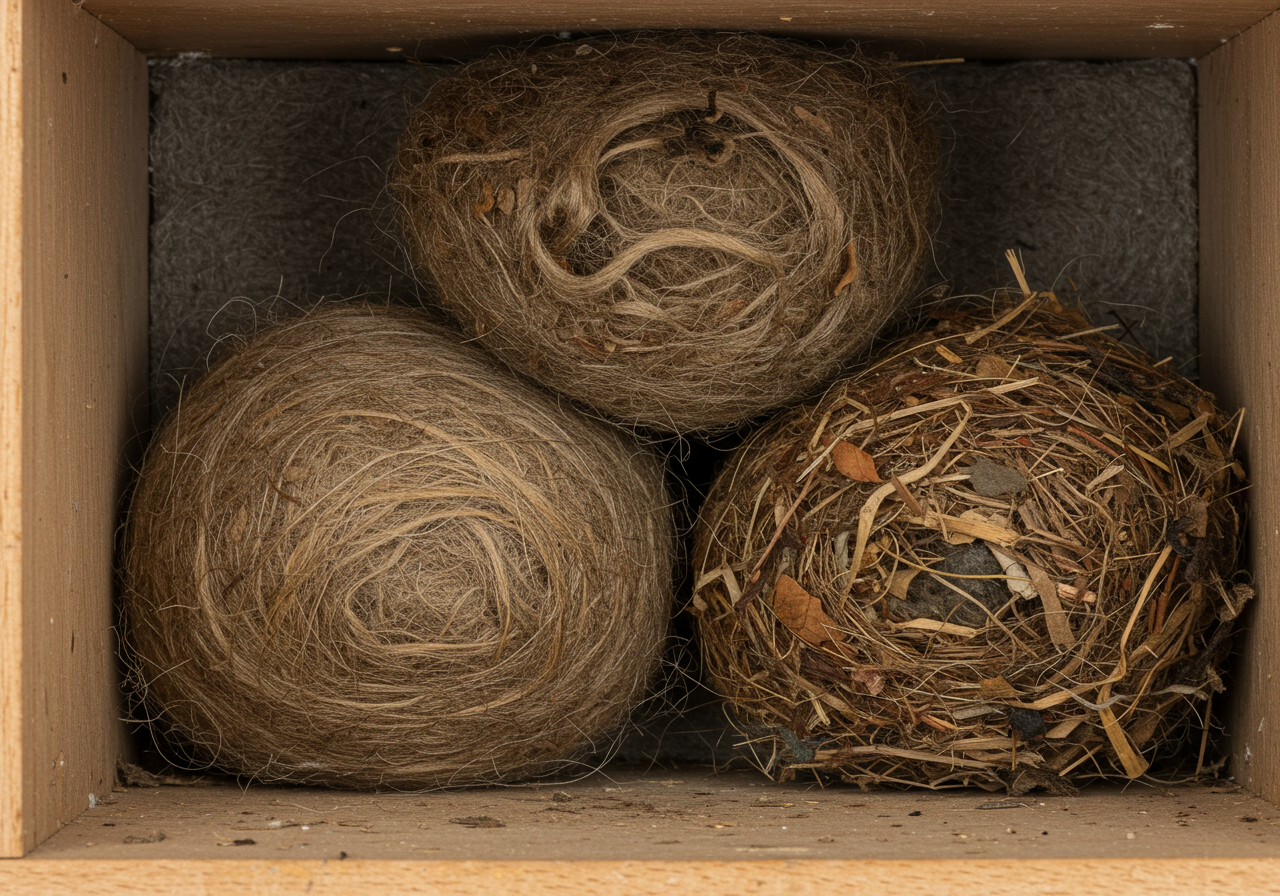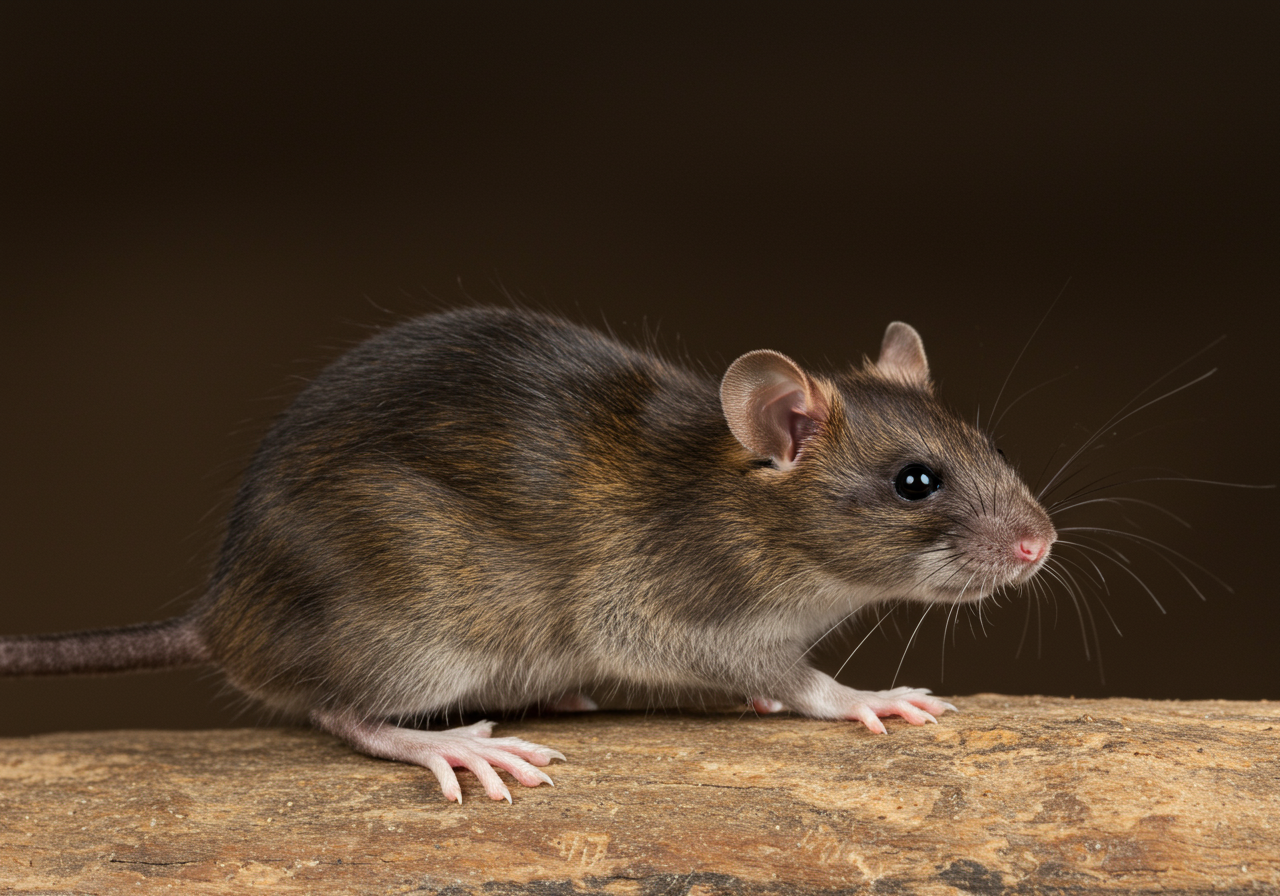
Identify Flying Pests: What's Buzzing Around Your Home?
Are mysterious flying bugs making your home feel less comfortable? Our simple guide from Resolve Pest Management helps homeowners easily identify common flying pests, from tiny gnats to larger winged invaders. Discover what to look for, understand why they're there, and learn the first steps to protecting your home from these airborne nuisances. Know your pests, reclaim your space!
Buzzing Annoyances: Your Homeowner's Guide to Identifying Flying Pests
Nothing ruins a beautiful day or a quiet evening indoors quite like the unwelcome buzz of a flying pest. From tiny, nearly invisible gnats to larger, more aggressive stingers, flying insects can be more than just annoying – they can pose health risks, damage your home, or contaminate your food. The first step to getting rid of these winged invaders is knowing exactly what you're up against.
But how do you tell the difference between a harmless bee and a dangerous wasp, or a common house fly and a disease-carrying mosquito? Understanding the specific characteristics of common flying pests can make all the difference in effective pest control.
Why Proper Identification is Key
You might think, "It's just a bug, get rid of it!" However, different flying pests require different approaches. What works for mosquitoes won't be effective for wasps, and misidentifying a beneficial pollinator as a dangerous pest can lead to unnecessary harm to local ecosystems. Accurate identification helps ensure:
- Effective Treatment: Targeted solutions work best.
- Safety: Knowing if a pest stings or bites helps you take precautions.
- Prevention: Understanding where a pest breeds helps prevent future infestations.
- Health Protection: Some flying pests carry diseases or contaminate food.
Let's dive into some of the most common flying pests homeowners encounter and how to spot them.
Common Flying Pests and How to Spot Them
1. Mosquitoes: The Unseen Threat
What they look like: Small (1/8 to 3/8 inch), slender bodies, long legs, and a distinct, needle-like mouthpart (proboscis). Where you find them: Near standing water (bird baths, clogged gutters, puddles, old tires) where they lay eggs. What they do: Female mosquitoes bite to feed on blood, which they need to produce eggs. Their bites cause itchy welts. Why they're a problem: Mosquitoes are notorious for carrying serious diseases like West Nile Virus, Eastern Equine Encephalitis (EEE), and Zika Virus. According to the World Health Organization, mosquitoes are responsible for an estimated 1 million deaths worldwide each year, primarily due to malaria, though diseases like West Nile can also be a concern in our region.
If your backyard becomes a no-go zone due to buzzing swarms, Mosquito Control is essential. Resolve Pest Management offers solutions to reduce mosquito populations, helping you reclaim your outdoor spaces.
2. Flies: The Uninvited Guests
Flies come in many forms, each with its own habits:
House Flies:
- What they look like: About 1/8 to 1/4 inch long, dull gray body, with four dark stripes on their thorax.
- Where you find them: Attracted to decaying organic matter, garbage, and food. They'll readily enter homes.
- What they do: They land on food and surfaces, spreading bacteria. A single house fly can carry over a million bacteria on its body, contaminating anything it touches.
- Why they're a problem: Major carriers of germs, contributing to the spread of foodborne illnesses.
Fruit Flies:
- What they look like: Very small (1/8 inch), yellowish-brown bodies, often with reddish eyes.
- Where you find them: Buzzing around ripe fruits, vegetables, and fermented liquids (like vinegar, spilled juice, or alcohol).
- What they do: Lay eggs on ripening produce, causing rapid decay.
- Why they're a problem: Contaminate food and reproduce quickly, making them a persistent nuisance in kitchens.
Drain Flies (Moth Flies):
- What they look like: Small (1/16 to 1/4 inch), fuzzy, moth-like appearance with heart-shaped wings.
- Where you find them: In bathrooms and kitchens, often emerging from drains, sewage, or moist decaying organic matter.
- What they do: They feed on sludge and decaying matter in pipes.
- Why they're a problem: While not directly harmful, their presence indicates plumbing issues or excessive moisture and can be annoying.
Persistent fly problems can be more than just a minor inconvenience. For comprehensive solutions, Resolve Pest Management provides expert Fly Control services to clear your home of these germ-spreading pests.
3. Bees & Wasps: Stingers of Summer
These can often be confused, but their differences are crucial for safety:
Bees (e.g., Honey Bees, Bumble Bees):
- What they look like: Typically hairy, stout bodies, often yellow and black striped.
- Behavior: Generally docile, focused on pollinating flowers. They usually only sting if provoked or if their hive is threatened. Honey bees can only sting once.
- Nests: Honey bees build wax combs, often in sheltered cavities. Bumble bees nest underground or in dense grass.
- Why they're important: Essential pollinators for our ecosystem and food supply.
- Why they're a problem (sometimes): Nests too close to human activity can pose a sting risk, especially for those with allergies.
Wasps (e.g., Yellowjackets, Hornets, Paper Wasps):
- What they look like: Slender, smooth bodies with a distinct "pinched" waist. Often bright yellow and black, but can be darker.
- Behavior: Can be aggressive, especially yellowjackets and hornets. They can sting multiple times.
- Nests: Paper wasps build open, umbrella-shaped nests. Yellowjackets often build nests in the ground or in wall voids. Hornets build large, enclosed paper nests in trees or under eaves.
- Why they're a problem: Their stings are painful and can trigger severe allergic reactions in some individuals. Over 500,000 people go to the emergency room each year due to insect stings, and wasps are a significant contributor.
If you discover a bee or wasp nest too close to your home or areas of activity, especially if you have allergies, it's best to call a professional. Resolve Pest Management offers safe and effective Bee Control and Wasp Control services, prioritizing the safety of your family while, where possible, finding humane solutions for beneficial species.
4. Pantry Pests (Moths): Silent Food Invaders
- What they look like: Small moths (Indian meal moths are common), usually about 1/2 inch long, with wings that are reddish-brown on the outer half and grayish-white on the inner half.
- Where you find them: Flying around kitchen cabinets, pantries, or any area where dry food is stored.
- What they do: Larvae infest dry goods like cereals, grains, flour, pasta, pet food, nuts, and even birdseed, leaving behind webbing and droppings.
- Why they're a problem: They contaminate food, making it inedible and costing you money.
Spotting small moths flying in zig-zag patterns around your kitchen is a clear sign of a pantry pest problem. Our Pantry Pest Control service can help identify the source and eliminate these sneaky invaders.
When to Call the Professionals
While a single mosquito can be handled with a swat, persistent or large infestations of any flying pest warrant professional attention. This is especially true for:
- Stinging Insects: Nests of wasps or hornets pose a significant danger.
- Mosquitoes: If your yard is overrun, indicating breeding sites you can't manage alone.
- Flies: A continuous presence can signal a larger hygiene issue or a breeding source within your home.
- Pests Causing Damage or Health Risks: Any pest that poses a threat to your health, food, or property.
At Resolve Pest Management, we understand that every pest problem is unique. Our experienced technicians specialize in identifying the specific flying pests affecting your home and implementing targeted, family- and pet-friendly solutions. We pride ourselves on rapid scheduling and reliable results, guided by our S.T.I.N.G. promise – Service, Trust, Initiative, Nurture, and Grit. We even offer 24-Hour Emergency Pest Control for those urgent situations.
Serving Our Community
Don't let flying pests keep you from enjoying your home and yard. Resolve Pest Management is a locally owned and operated company, proud to serve homeowners across Ocean County and Monmouth County in New Jersey. Whether you're in Toms River, Brick, Lakewood, Jackson, Bayville, Manahawkin, Middletown, Howell, Manalapan, Freehold, or any of the surrounding communities, we're here to help. Our team knows the local pest challenges specific to our beautiful New Jersey environment.
If you're dealing with buzzing, biting, or bothersome flying pests, contact us today! You can reach us at (732) 527-5770 or email us at Office@resolvepestmanagement.com. Let Resolve Pest Management help you enjoy a pest-free home.
More Blogs
Some other blogs you might be interested in



